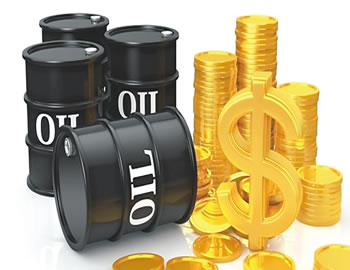Crude oil rallied at $58 per barrel as deal between members of Organisation of Petroleum Exporting Countries (OPEC) and non-OPEC members like Russia took off on Monday.
When crude price dropped from above $100 per barrel in June 2014, it fell to as low as $27.10 per barrel in January 2016 but closed at the end of the year 2016 at $56 per barrel.
As at 11 a.m. on Tuesday, Brent was selling at $58.10 per barrel and there are indications that it may rise to $60 per barrel before end of January.
The United States Energy Agency said OPEC member countries produced about 40 per cent of the world’s crude oil. Equally important to global prices, OPEC’s oil exports represent about 60 per cent of the total petroleum traded internationally. Because of this market share, OPEC’s actions can, and do, influence international oil prices.
In particular, indications of changes in crude oil production from Saudi Arabia, OPEC’s largest producer, frequently affect oil prices.
OPEC and non-OPEC members had struck a deal to cut production by almost two million barrels per day with the intention to influence crude price to move north.
WATCH TOP VIDEOS FROM NIGERIAN TRIBUNE TV
- Let’s Talk About SELF-AWARENESS
- Is Your Confidence Mistaken for Pride? Let’s talk about it
- Is Etiquette About Perfection…Or Just Not Being Rude?
- Top Psychologist Reveal 3 Signs You’re Struggling With Imposter Syndrome
- Do You Pick Up Work-Related Calls at Midnight or Never? Let’s Talk About Boundaries






